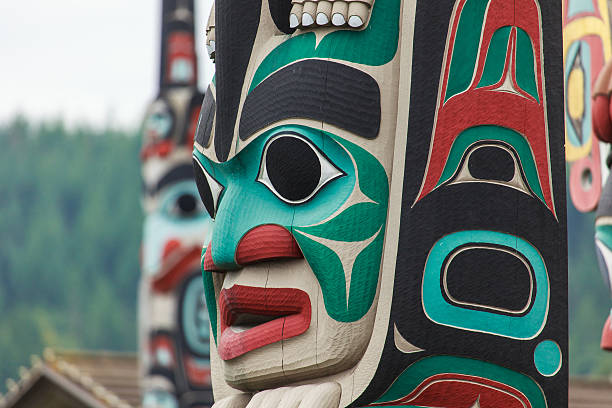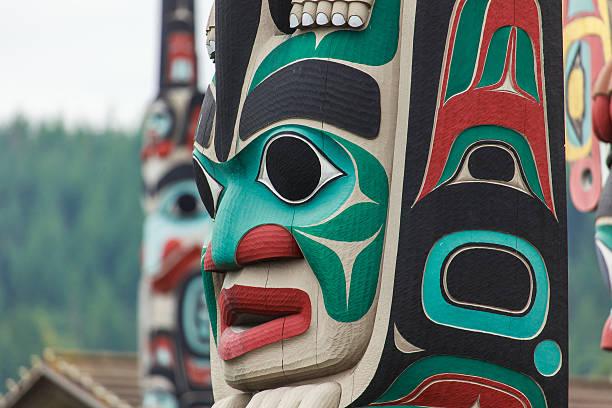

The Indigenous Languages Act was passed in 2019 to preserve, promote and revitalize Indigenous languages in Canada and to support the efforts of Indigenous Peoples to reclaim, revitalize, maintain and strengthen their languages (Indigenous Languages Act, 2019). The United Nations Educational, Scientific and Cultural Organization (UNESCO) has declared 2022 to 2032 as the International Decade of Indigenous Languages to draw attention to the critical loss of Indigenous languages and the urgent need to preserve and promote them nationally and around the world (UNESCO, 2021). Statistics Canada uses two main sources to publish data on Indigenous Peoples and Indigenous languages: the Census of Population, conducted every five years, and the Indigenous Peoples Survey (IPS), conducted in the year following each Census of Population. Data from the 2022 IPS will be released in 2024. We thank all the Indigenous communities we work in partnership with, and all those involved in this research.

Statistics Canada uses two main sources to publish data on Indigenous Peoples: the Census of Population, conducted every five years, and the Indigenous Peoples Survey (IPS), conducted in the year following each Census of Population. The success of the 2021 Census would not have been possible without the involvement of Indigenous Peoples. Thanks to their participation, high-quality data are available for Indigenous communities across the country. It is through this collaboration that we can better understand the realities experienced by First Nations, Métis and Inuit communities. We thank all the Indigenous communities we work in partnership with, and all those involved in this research.
To learn more, visit Statistics on Indigenous Peoples
Notes
1. During the 2021 Census of Population, 63 census subdivisions defined as reserves and settlements were incompletely enumerated. For these reserves and settlements, enumeration either was not permitted or could not be completed for various reasons, such as evacuations because of forest fires or access restrictions due to the COVID-19 pandemic. Counts of speakers for some languages were more impacted by incompletely enumerated reserves and settlements than others. To make appropriate comparisons across time, calculations of growth within this document are conducted by adjusting for incompletely enumerated reserves and settlements.
2. Statistics Canada, Census of Population, 2021.
3. Statistics Canada, Census of Population, 2021.